HISTORY OF DOGS

Dogs are thought to have evolved from wolves that ventured into human camps, perhaps sniffing around for food. As they were tamed, they could then have served humans as hunting companions or guards. The results suggest all dogs derive from a single extinct wolf population - or perhaps a few very closely related ones and became man's best friend.
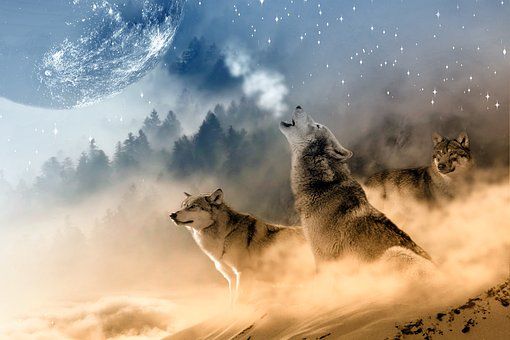
WOLVES HAVE SIXTEEN TONS OF PRESSURE IN A SINGLE BITE: THEY HAVE NIGHT VISSION AND ROAM IN PACKS TO DESTROY THEIR PREY WITH BIO-TECHNOLOGY.
What was the first dog in human history? The most widely accepted earliest dog remains are those of the Bonn-Oberkassel dog which date to 15,000 YBP. Earlier remains dating back to 30,000 YBP have been described as Paleolithic dogs but their status as dogs or wolves remains debated.
Where and when dogs arose is one of the biggest mysteries of domestication. To solve it, researchers have tried everything from analyzing ancient dog bones to sequencing modern dog DNA—all with inconclusive results. Now, researchers have tried a new tack: figuring out where the ancient wolves that gave rise to dogs lived. The new study doesn’t close the case, but it does point to a broad geographic region—eastern Eurasia—while also suggesting our canine pals may have been domesticated more than once.
That region “certainly jibes with what I’ve been thinking,” says Adam Boyko, a canine geneticist at Cornell University who wasn’t involved in the work. He remains skeptical, however, about the possibility of separate domestication events.
At least 15,000 years ago—and perhaps closer to 23,000 years ago—humans and wolves began their fateful dance toward domestication. This was during the last ice age, when high-latitude regions experienced a bitterly cold, dry climate. According to the most prominent theory, less timid gray wolves inched closer and closer to human campsites to get scraps. Over time, they passed along genes for increasingly docile behaviors and traits. Humans found these newfound friends useful for hunting and guarding campsites.
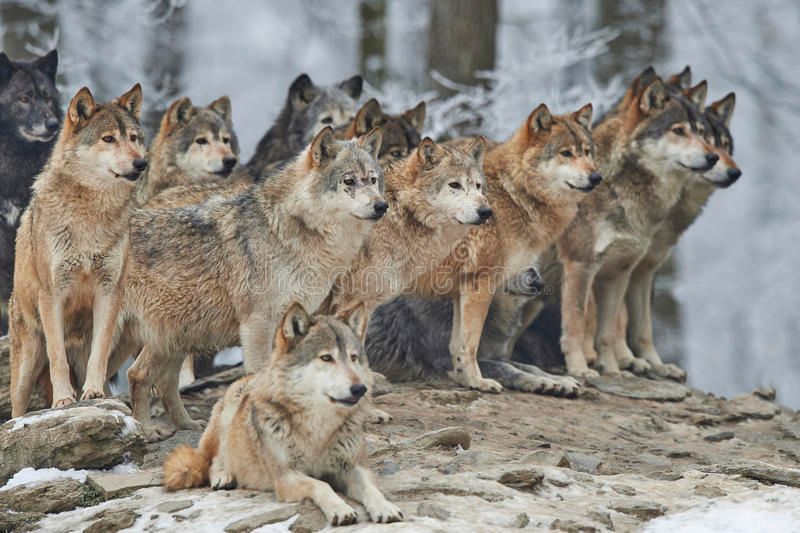
Exactly where this happened is hotly contested. Some genetic analyses of modern dogs suggest they arose in East Asia, whereas other genetic and archaeological evidence indicates our pups came from Siberia, the Middle East, Western Europe, or perhaps multiple places. “There’s been a lot of pins put in the map,” says Pontus Skoglund, a geneticist at the Francis Crick Institute and senior author of the new study.
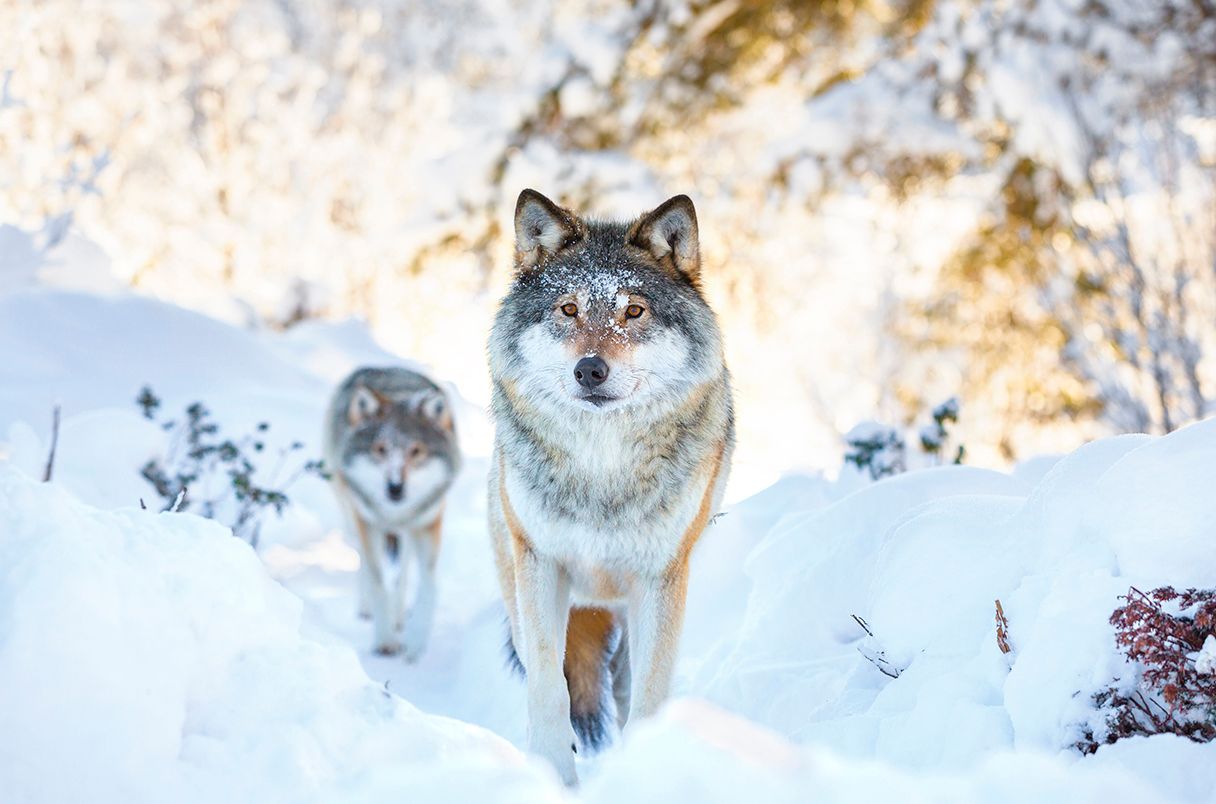
Skoglund and a vast cast of collaborators from 16 countries decided to try something new: build a massive map of wolf ancestry around the time of domestication. “If you imagine wolf ancestry as a big jigsaw puzzle, we placed the dog puzzle piece within that map,” he says.
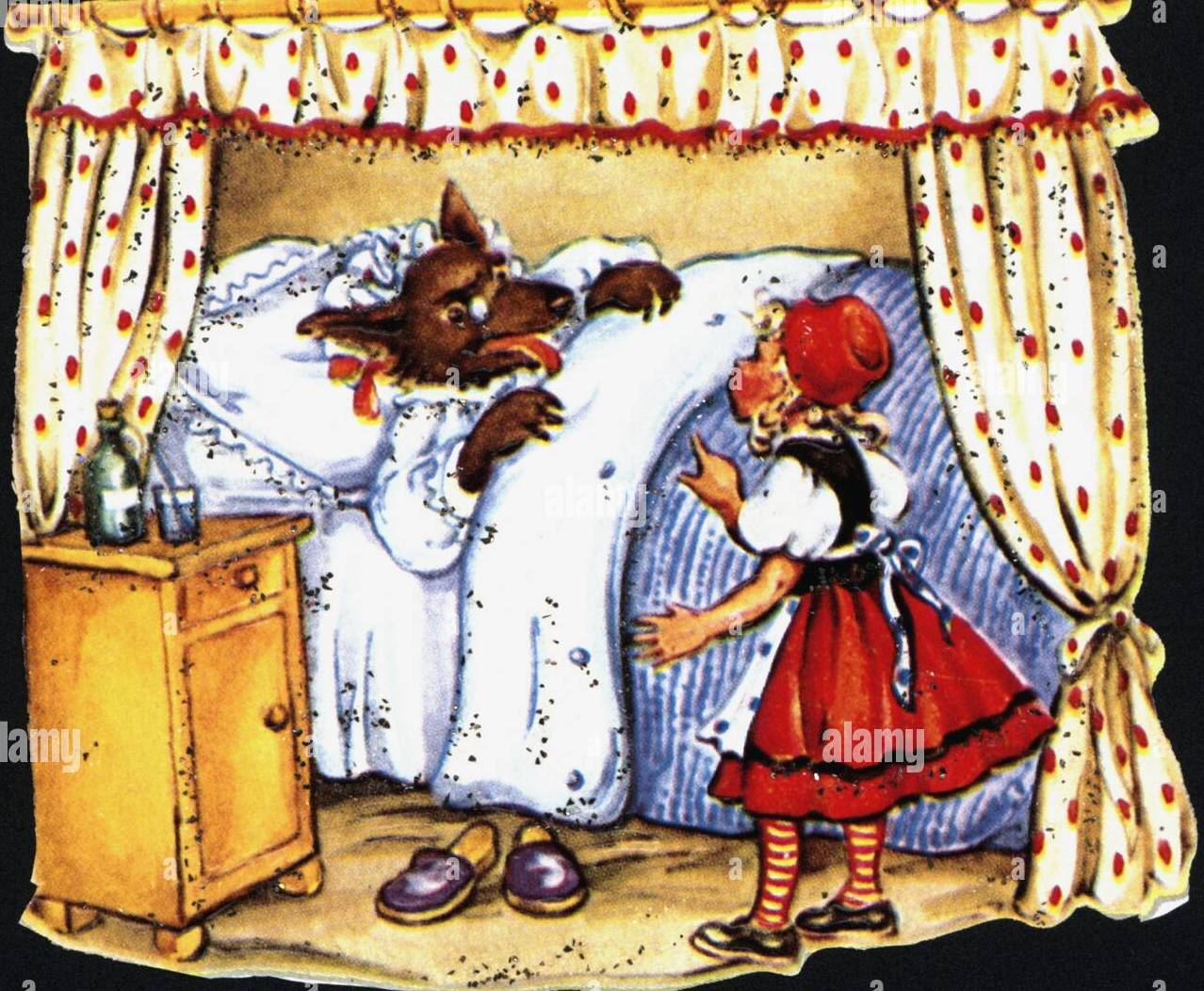
The paper’s 81 co-authors—mostly archaeologists, anthropologists, and geneticists—pooled their collective resources and sequenced 66 ancient wolf genomes and incorporated six previously published ones, from sites across Europe, Siberia, and North America. The ages of these animals spanned the past 100,000 years. Next, the team used computer software to compare the 72 ancient genomes and work out a rough family tree.
One of the first things that jumped out was how interconnected these far-flung wolf populations remained over time, Skoglund says. Over tens of thousands of years, wolves living as far apart as Alaska and Europe continued to share recent ancestry, suggesting the animals were mobile and mated at least occasionally.

Comparing the ancient wolf genomes with those from modern and ancient dogs, the researchers found that dogs are much more closely related to ancient wolves from eastern Asia than those from Europe. That points to eastern Eurasia as their home region and more or less eliminates western Eurasia as a potential origin spot, the team contends today in Nature. But none of the ancient wolves proved to be a close ancestor of dogs, meaning the actual site of domestication remains a mystery. The paper also resolves the mystery of whether an 18,000-year-old pup found in 2019 near the Siberian city of Yakutsk was a wolf or a dog. The answer? Wolf.
These are “exciting results,” says evolutionary biologist Yohey Terai at Japan’s Graduate University for Advanced Studies, whose work previously identified an extinct Japanese wolf as the closest relative of modern dogs yet found. Even though “the authors did not sample a wolf population most closely related to dogs,” he says, “these samples help narrow down the place of origin.”
Curiously, the ancient wolves from Europe do appear to share some genes with modern dogs from western Eurasia and Africa, such as basenjis and various village dogs. That suggests that at some point, European wolves either interbred with a western population of dogs or, more intriguingly, underwent a separate domestication event.
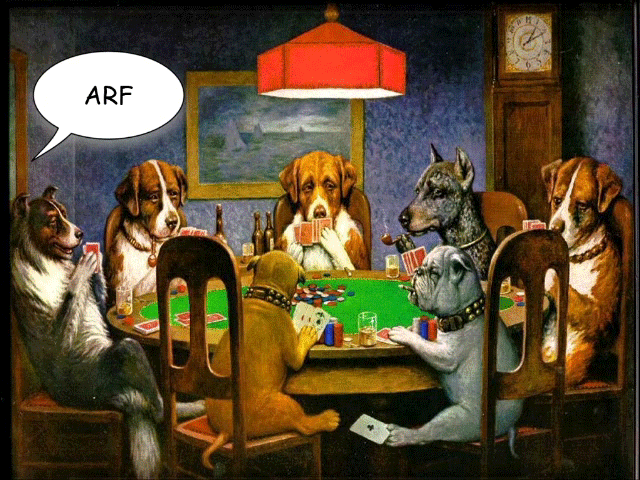
Boyko isn’t convinced, noting that the later interbreeding scenario is the simplest. “I think their evidence makes the case even stronger that we’re looking at a single domestication event,” he says, though one that may have been complicated by interbreeding and other factors.
The ancient wolf genomes also provide a lengthy look at which genes proliferated through the species over the course of approximately 30,000 generations. One gene known to be involved in craniofacial development swept through wolves beginning about 40,000 years ago. Within the span of 10,000 years, it went from being incredibly rare to present in 100% of ancient wolves. It’s still found in modern wolves and dogs today. Another cluster of genes related to olfaction experienced a similar sweep between 45,000 and 25,000 years ago.
Together, Skoglund notes, these events suggest wolves evolved adaptations—perhaps stronger jaws and more sensitive noses—that allowed them to survive the harsh conditions of the ice age. “The better to eat you with,” he says, “the better to smell you with.”
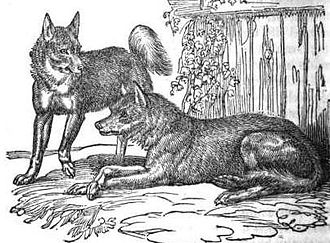
THINGS YOU MAY NOT KNOW: How Many Breeds of Dogs Are There in the World?

At the time of this writing, the FCI recognizes 339 breeds of dogs which are divided into 10 groups based on the dog's purpose or function.
THINGS YOU MAY WANT TO SAVE: YOUR MONEY...SO YOU CAN GET THE BEST DOG IN THE WORLD: GOLDEN RETREIVER
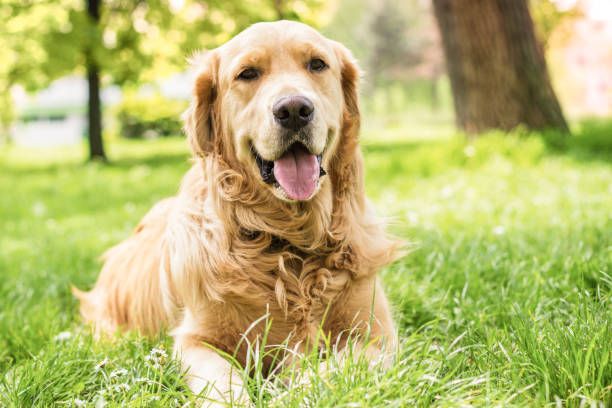
ZENTRAVELER SAYS: Dont be a LONE WOLF travel in packs to insure a good wildgame dinner? Wolves enjoy wild turkeys, rabbits, small deer and an occasional wild boar.
From here to Infinity is a relatively short ride! The next leg takes eons and eons as you fly through the Barycentric Dynamical Time Zone! …and on and on and on. Follow the Zentraveler Newsletter often for Travel, Health and Zen-like stories and such. Where else can you get a THREE IN ONE NEWSLETTER FOR THE PRICE OF FREE.

ZENTRAVELER IS A PERSONAL NEWSLETTER, DESIGNED TO GIVE TRAVEL, HEALTH, WRITING AND HUMOR INCLUDING HELPFUL HINTS WITH A ZEN LIKE QUALITY.
